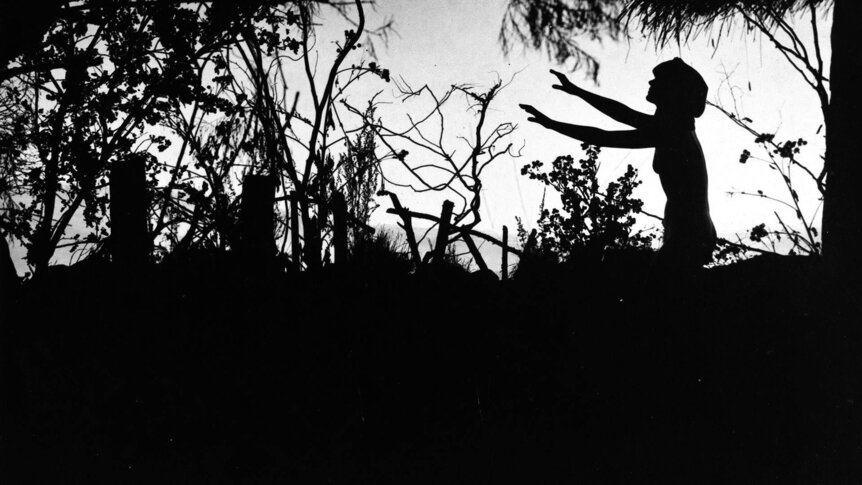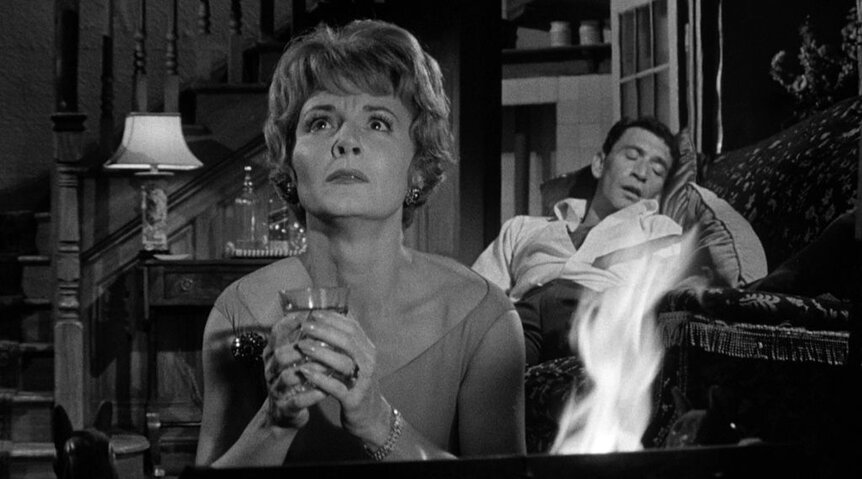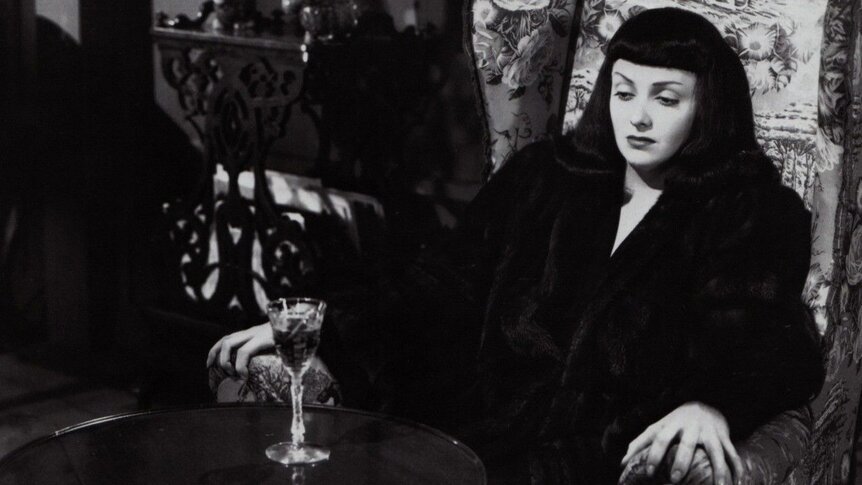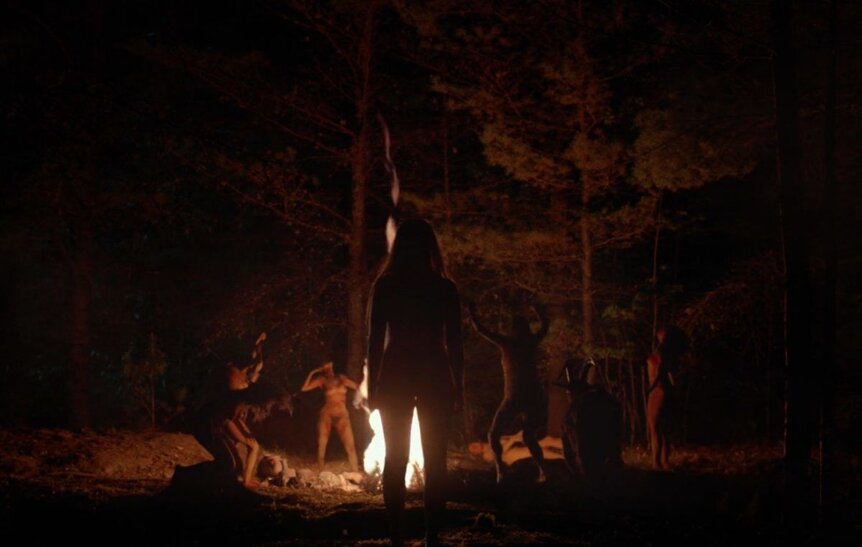Create a free profile to get unlimited access to exclusive videos, sweepstakes, and more!
Here's to the lady Satanists of horror
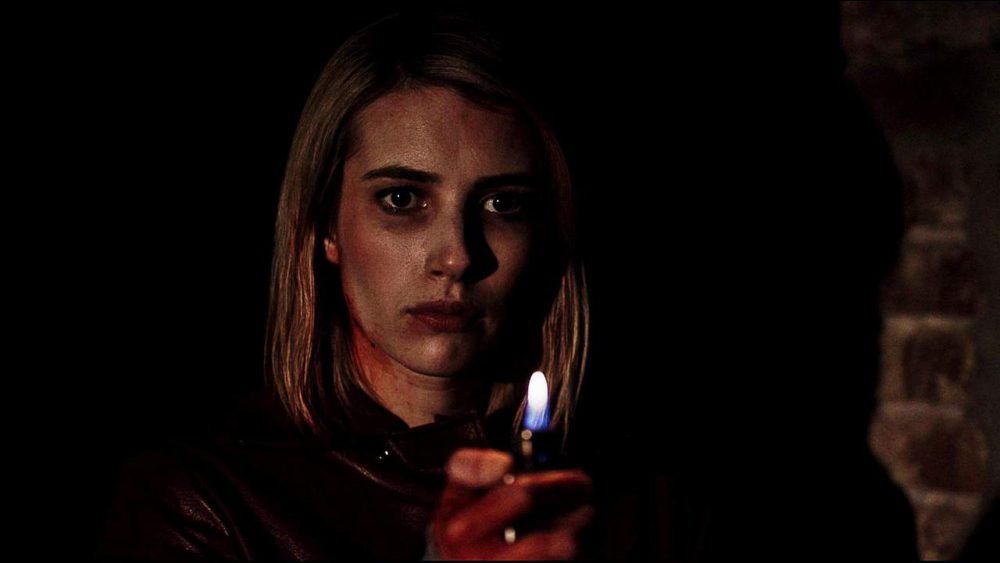
Satanists have been popping up in film for a long time, going at least as far back as the silent era. There were plenty of vague cults in the early days of horror, but once Rosemary's Baby hit theaters in 1968, the trope of an unassuming protagonist getting sucked into a nefarious Satanic cult had already been forged with movies like Curse of the Demon. Rosemary's Baby popularized the idea of evil Satan worshipping cults to the point of helping to inspire the real-world phenomena of Satanic Panic, and these stereotypical portrayals of Satanists have been appearing in cinema ever since.
Considering the fact that their belief systems are mostly about prioritizing autonomy and respecting the Earth, you could say that Satanists get a bad rap overall. Yet nowhere is this more apparent than in horror movies, in which the over-the-top villainization of Satanists is truly on another level. When thinking of the many Satanists of film, so often it's the women Satanists that are overlooked for their excellent work summoning the Dark Lord. Indeed, women can make sacrifices to Beezlebub just as well as any man, and frankly, it's about time we honored the female Satanists of horror.
Suffragette Satanists
During the early 1920s, the United States was letting the film industry get away with pretty much whatever it wanted, and yet there is still no way a movie like Haxan: Witchcraft Through The Ages would have flown. Haxan is a Swedish film shot to be a documentary but features "dramatic reenactments" that send it into full-blown horror movie territory.
It would be difficult to interpret Haxan as explicitly feminist, but it is highly sympathetic to the women that appear in its vignettes. The film repeatedly posits that women who refuse or are unable to conform to notions of femininity have been historically treated with shocking levels of aggression and violence. In Haxan, women leave their husbands for Satan, but it is made very clear in the text that the filmmakers perceive punishments like being burned at the stake or being placed in asylums as unjust. Even through the act of showing sympathy to the witches of legend, Haxan took a surprisingly womanist slant for 1922.
The Seventh Victim and Rosemary's Baby
1943's The Seventh Victim has received significantly more positive attention today than it did upon its release. That makes sense, considering the fact that it's about feminism, lesbians, and a Satanic cult. None of these were especially popular themes for films of that year, nor even of today, but, let's face it, they probably should be.
The Seventh Victim follows a woman named Mary whose sister Jaqueline has gone missing. She goes looking for her, and when she eventually finds her much of the narrative switches to focus on Jaqueline's bizarre life. After having told her therapist about the Satanic cult she just so happens to have fallen in with, the cult decides that Jaqueline has to die for disclosing their secrets.
A woman who is strongly coded to be Jaqueline's lover, Frances, is the one that helps the cult corner her in the end. She urges Jaqueline to end her life, helping her push poison towards her lips before throwing the bottle to the floor and sobbing that she can't watch Jaqueline die when the only time she was ever happy was with her. Unfortunately, this still does not end great for these two, but the struggle between one's duty as a devil-worshipper and one's human connections is a cliche that will be familiar to horror audiences today.
Satanists Are Doing It For Themselves
The horror of the cult, in fiction as well as the real world, is that it is entered innocently at first — but once there it becomes absolutely impossible to leave. The Seventh Victim's overarching plot is to make its cult into a metaphor for the inevitability of death. This preempted countless other horror films that would do the same, yet this is not the first film about cultists that predates Rosemary's Baby. Movies like Night of the Eagle and The Witches featured the polite, disciplined, but ultimately evil female cult leader who draws other women into lives of servitude to the devil.
In Rosemary's Baby, the protagonist is not a Satanist, but she is still surrounded by them and becomes one by proxy. More than any other character save her husband, it is her neighbor, the forceful Minnie Castavett, who pressures and dupes Rosemary. The warning that one can easily use social norms to manipulate and gaslight is one of the core messages of the story, and no character fulfills that message more soundly than the woman who poses as a caretaker without ever having Rosemary's best interest in mind.
Later, films like Mephisto's Waltz, The Initiation of Sarah, and The Blood On Satan's Claw all gave us chilling depictions of women who used their ways to manipulate the people around them. In the real world, the Manson Family offered a chilling glimpse at how it is often the female members of a cult that coerce other women into becoming victims of the cult leader; this was reflected in film and continues to this day.
Now, plenty of incredible films featuring women Satanists exist, from The Witch to the new Suspiria to The Blackcoat's Daughter and Hereditary. While flicks like Satanic Panic have poked fun at the trope, there is no question that movie audiences find devil-worshipping cults just as terrifying today as they did a century ago. Though we can't stress enough that real-world Satanists generally do not deserve the amount of flack they get from horror cinema, being sucked into a scary cult is indeed a terrifying prospect.
Apart from everything, the perhaps unintentional commentary present in many of these horror movies that sometimes the biggest enemy to societal progress of women are the women who gleefully enforce the antiquated views of the patriarchy is, frankly, pretty on the nose.
